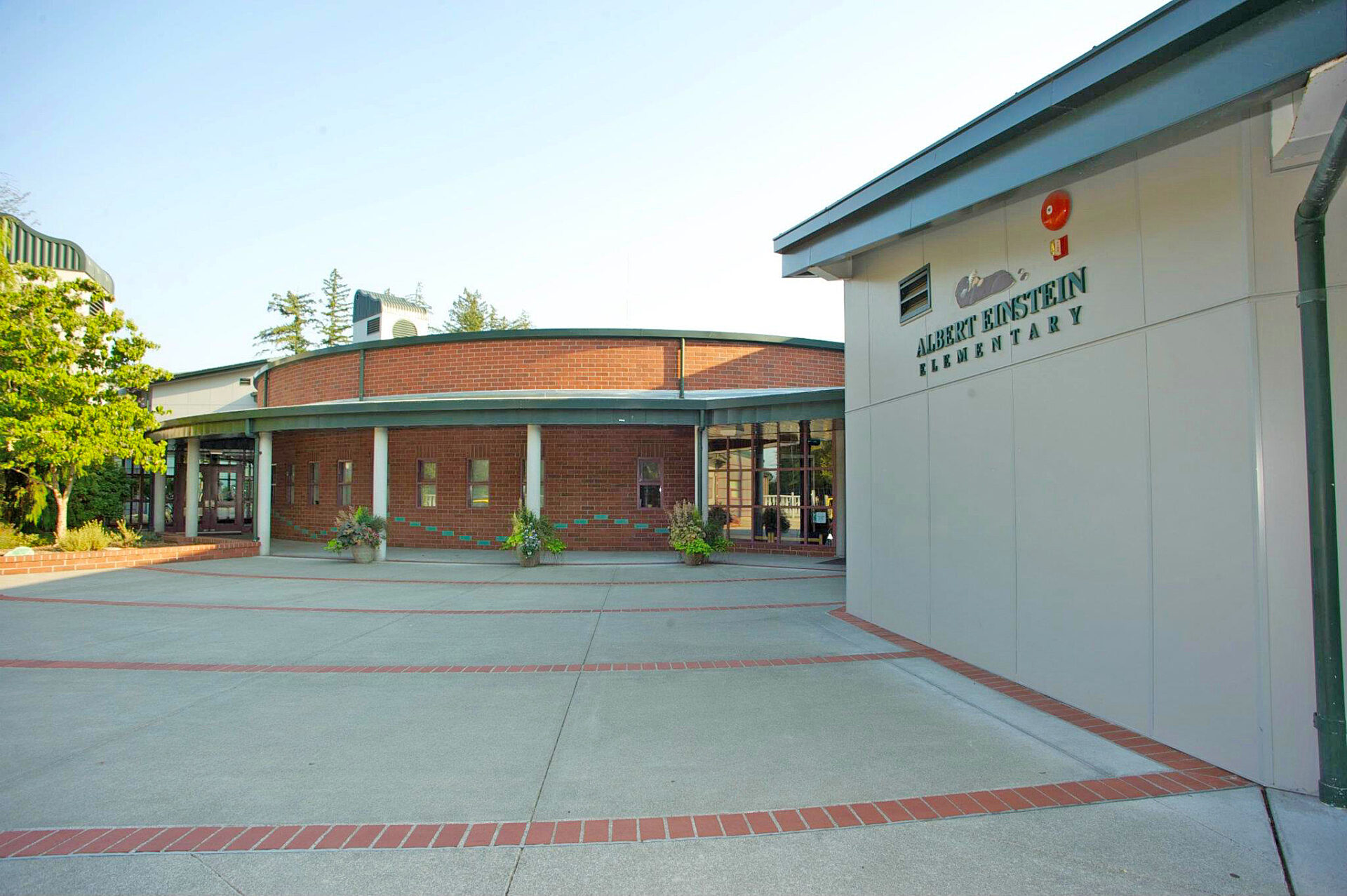Collaborative Delivery

Insights 12.04.2024
Seismic Upgrades: Building Resilience for Safer Schools
Read More

GLY
As GLY embraces growing opportunities for collaboration in design-build work, we were struck by the thoughts below from Bryan Croeni, Principal at B+H Advance Strategy. A fundamental value at GLY is that our collective intelligence is greater than the sum of our individual experience. We appreciate this shared philosophy in Bryan’s words. - GLY Principal Bill DeJarlais
Attending the DBIA [Design Build Institute of America] Northwest Regional Conference in Portland last month, I noticed a touchiness on the part of a few architects in the room around the term Design Manager—a term often used in a design-build project. The gist of the response was that the only parties competent to manage design on such a project, are the architects.
Reflecting on this, and putting aside all the semantic solutions [Integration Manager, etc.], it struck me that the real issue here is one of territory. There is an underlying assumption that needs to be brought to light for consideration and dialogue. For a variety of reasons…history, training, legacy practice…there is a persistent belief among many of us that only we can know design and therefore could never subordinate ourselves to guidance or management by a non-architect.
Many people observe that architects traditionally exercise control over the design of a building, by two means: controlling the aesthetic [how it looks] and the interpretation of the program [how it works]. But this assertion ignores a very new reality—buildings today may last roughly as long as they always have, but the nature of the work and activity that occurs in these buildings is fluid and rapidly evolving—as is the technology that supports these activities. In an era of exponential change, how confident can we be about exactly what it is that we’re interpreting?
At B+H we constantly challenge dusty assumptions by reminding ourselves of our belief that “the past is no longer predictive of the future.” How then can we best serve a project that will exist in this fluid future if we insist on maintaining control over the design through traditional means?
Design-build provides the opportunity to ask a better question, “how might our projects benefit from the diversity of perspective provided by a multidisciplinary team?” In uncertain and ambiguous times, when no one person, regardless of their credentials, possesses the ability to “know” what should be built, the most responsible way to manage risk is to engage the full brainpower at our disposal.
B+H’s consulting and design practice is predicated on the idea that all of us are smarter than any one of us. We have a responsibility to help our clients implement smart and resilient solutions.
Progressive design-build provides the opportunity for architects to lead in a different way, by bringing their unique perspective to a more inclusive and participatory design process, underpinned by shared accountability and fueled by a shared vision.